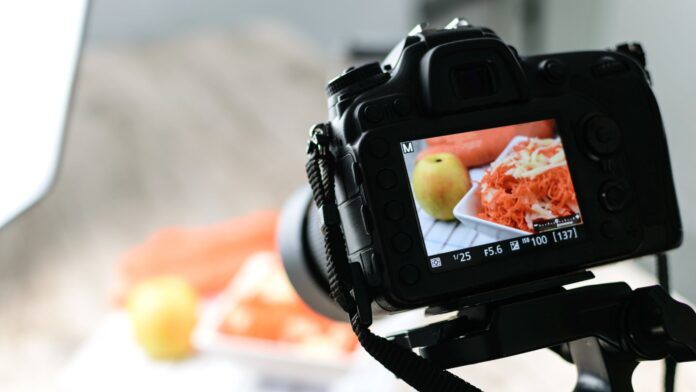Photography is an art form that requires a combination of technical skills, creativity, and the right equipment. Whether you are a professional photographer or just starting out, there are always new tips and tricks to learn to help you capture better photos. When it comes to choosing the camera, especially for the beginner, just choose a camera that fits your needs and budget. Make sure to familiarize yourself with the controls: Each camera is different, so it’s important to take the time to learn about the buttons, dials, and menu options. Read the manual or do some research online to learn about the features of your camera. Most cameras have settings for things like aperture, shutter speed, ISO, and white balance. These settings will impact the way your photos look, so it’s important to understand what each of them does and how to adjust them. Also, before you take a photo, think about what you want to include in the frame and how you want to arrange the elements in the scene. Use the rule of thirds or other compositional techniques to help you create an interesting and balanced photo.

In this article, we’ll go over some essential photography tips that will help you take your photos to the next level.
Find the right light: Good lighting is essential for taking great photos. Light plays a major role in shaping the mood, tone, and atmosphere of a photo. Look for natural light, such as light from the sun or a nearby window. If you’re taking photos indoors, make sure to turn on enough lights to properly illuminate the scene. If you’re taking photos outside, the best time to take photos is in the early morning or late afternoon, when the light is soft and warm. This type of light is called “golden hour” and it’s a great time to take photos because the light is flattering and produces beautiful shadows.
Use the rule of thirds: The rule of thirds is a basic photography principle that states that you should divide the scene into nine equal parts and place your subject along one of the lines or at the intersection of two lines. This creates a balanced and visually interesting photo. By using the rule of thirds, you can avoid placing your subject directly in the center of the frame, which can result in a boring and uninteresting photo.
Pay attention to the depth of field: The depth of field refers to the area of the image that is in focus. You can control the depth of field by adjusting the aperture on your camera. A wider aperture (such as f/2.8) will result in a shallow depth of field, where only the subject is in focus and the background is blurred. This is a great technique to use if you want to make your subject stand out and draw the viewer’s attention. A narrower aperture (such as f/11) will result in a deeper depth of field, where both the subject and the background are in focus. This is a great technique to use if you want to capture a scene with a lot of detail.
Use a tripod: A tripod will help you keep your camera steady and prevent blurry photos. This is especially important when taking photos in low light or when using a longer shutter speed. A tripod will also allow you to take photos at different angles without having to hold the camera, which can result in shaky photos.
Experiment with different angles: Don’t be afraid to try different angles when taking photos. Get down low, climb up high, or take photos from the side for a different perspective. Changing your angle can result in a more interesting and unique photo. For example, getting down low and taking a photo from a worm’s-eye view can make your subject appear larger and more imposing.
Edit your photos: Editing your photos is a crucial part of the photography process. You can use editing software, such as Adobe Lightroom or Photoshop, to adjust the exposure, brightness, contrast, and other settings to make your photos look their best. Editing can also help you correct any mistakes you made while taking the photo, such as underexposure or overexposure. Just remember to not over-edit your photos, as this can result in unnatural-looking images.

In conclusion, these are just a few of the many photography tips that will help you capture stunning photos. Remember, the most important thing is to have fun and enjoy the process. And Practice, practice, practice! The more you practice using your camera, the better you’ll become at taking photos. Try out different settings and techniques, and experiment with different types of photography. The more you shoot, the more you’ll learn about what works and what doesn’t.
Here are a few popular cameras that you check it out:
Sony Alpha a7 III: A full-frame mirrorless camera that is popular among professional and amateur photographers alike.
Canon EOS R5: Another full-frame mirrorless camera that offers fast autofocus, high-quality image and video, and a variety of lens options.
Nikon Z6: A full-frame mirrorless camera from Nikon that is popular for its compact size, fast autofocus, and excellent image quality.
Canon EOS RP: A compact and affordable full-frame mirrorless camera that is ideal for travel and everyday photography.
Fujifilm X-T4: A mirrorless camera that offers excellent image quality, fast autofocus, and a retro design that is popular among photographers who appreciate a classic look.
Discover more from SNAP TASTE
Subscribe to get the latest posts sent to your email.



